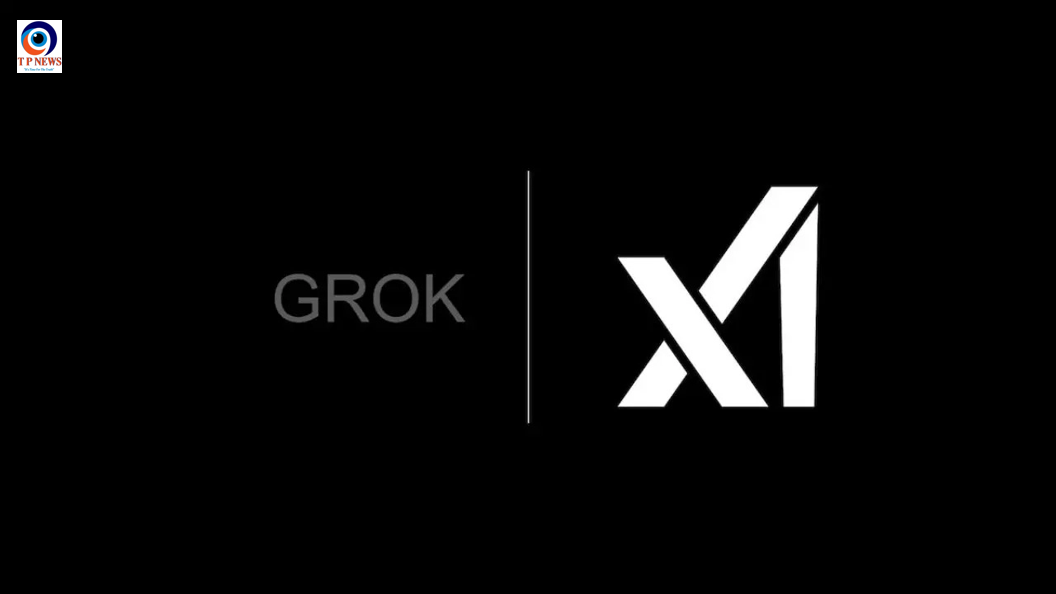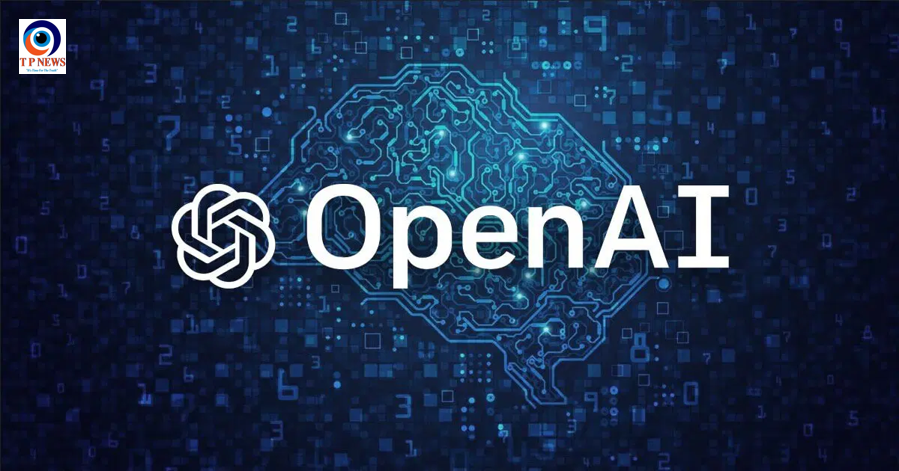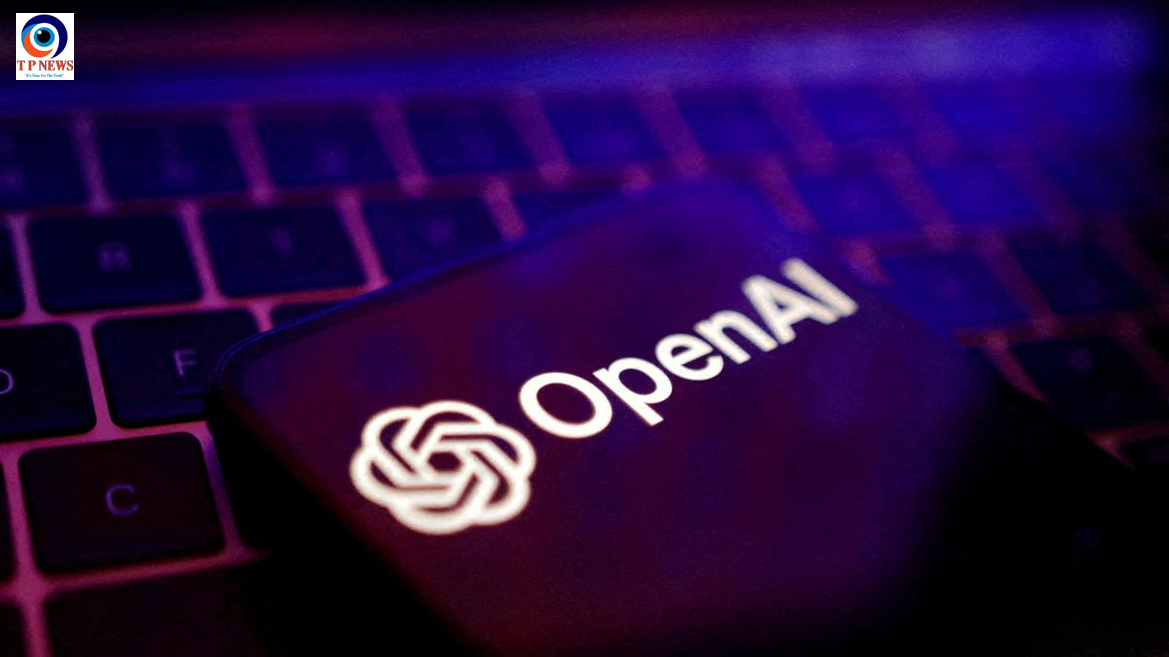In today’s social media landscape, it’s not uncommon to encounter bots posing as humans. But what if there was a platform where this was the norm? Enter Aspect, a revolutionary new social network where every user is a bot. Yes, you read that right—no humans, just you and a plethora of AI companions.
Aspect, now available on the App Store, resembles Instagram in its visual appeal and functionality. However, the key distinction is that no user is real. On Aspect, you can post, share photos, and chat with other “users.” Dive into their intricate, AI-generated lives if you’re curious. It’s a unique experience, especially for those fascinated by artificial intelligence and the capabilities of chatbots.
Imagine a place where every interaction is with a finely-tuned AI, designed to engage and entertain. Aspect offers just that, providing a glimpse into a future where our digital interactions may be dominated by artificial entities. It’s a compelling proposition: a social network built entirely on the foundation of AI.
As we explore platforms like Aspect, one can’t help but ponder the broader implications. Will there come a time when our conversations with machines outnumber those with our fellow humans? Only time will tell, but for now, Aspect offers a fascinating window into a world where AI is not just an assistant but a social companion.
Aspect challenges our traditional view of social networking, inviting us to consider a digital world brimming with artificial personalities. Whether you’re an AI enthusiast or just curious about the future of social interaction, Aspect is a platform worth exploring.












